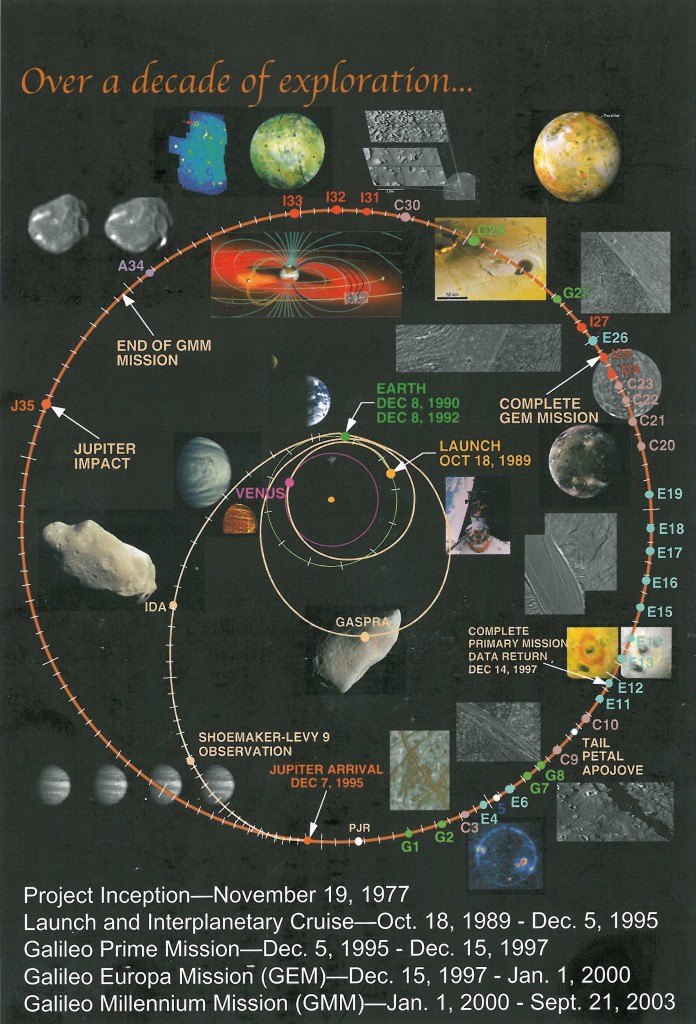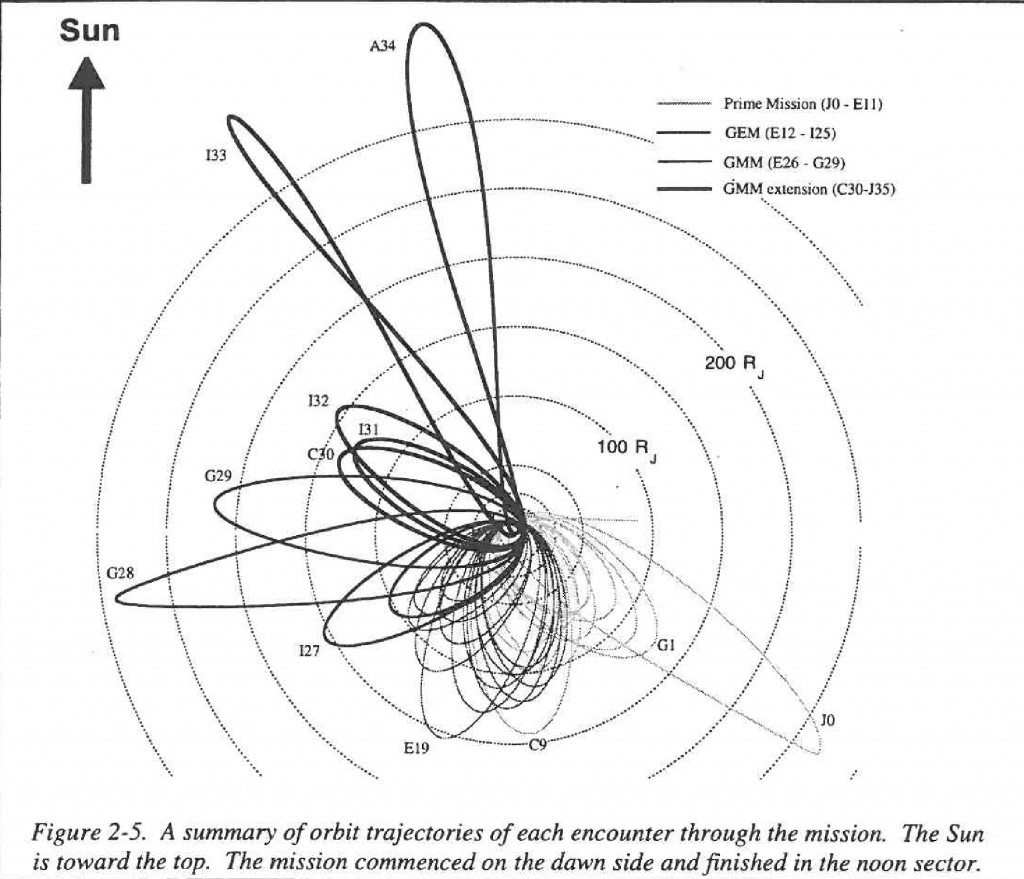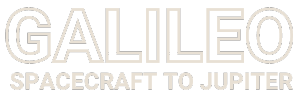The Galileo orbital mission to Jupiter (1995-2001) made significant Ultraviolet (UV) and Extreme Ultraviolet (EUV) discoveries. These include finding an atomic hydrogen atmosphere at Callisto and Ganymede, oxygen on Callisto’s surface, hydrogen peroxide on the surface of Europa, SO2 and it’s daughter products from Io’s volcanoes, and the ultraviolet emissions of the ions of sulfur and oxygen in the Io torus. The mission also studied Jupiter’s north and south UV and EUV aurora and the solar wind dynamics.
Galileo hosted two spectrometers, the Ultraviolet Spectrometer (UVS) and the Extreme Ultraviolet (EUV) Spectrometer. The UVS instrument was built by LASP and the University of Arizona’s Voyager UVS instrument was reconfigured at LASP with new electronics and mechanical interfaces and was flown as the LASP Galileo EUV instrument.
In addition to Jupiter observations, the UVS and EUV instruments also observed Venus, the Earth and Moon system twice, the asteroids Gaspra and Ida, and the impacts of Shoemaker-Levy fragments with Jupiter. Extensive Lyman-alpha wind observations were also obtained during the six-year cruise to Jupiter (1989-1995). Jupiter orbit insertion was December 8th, 1995.


